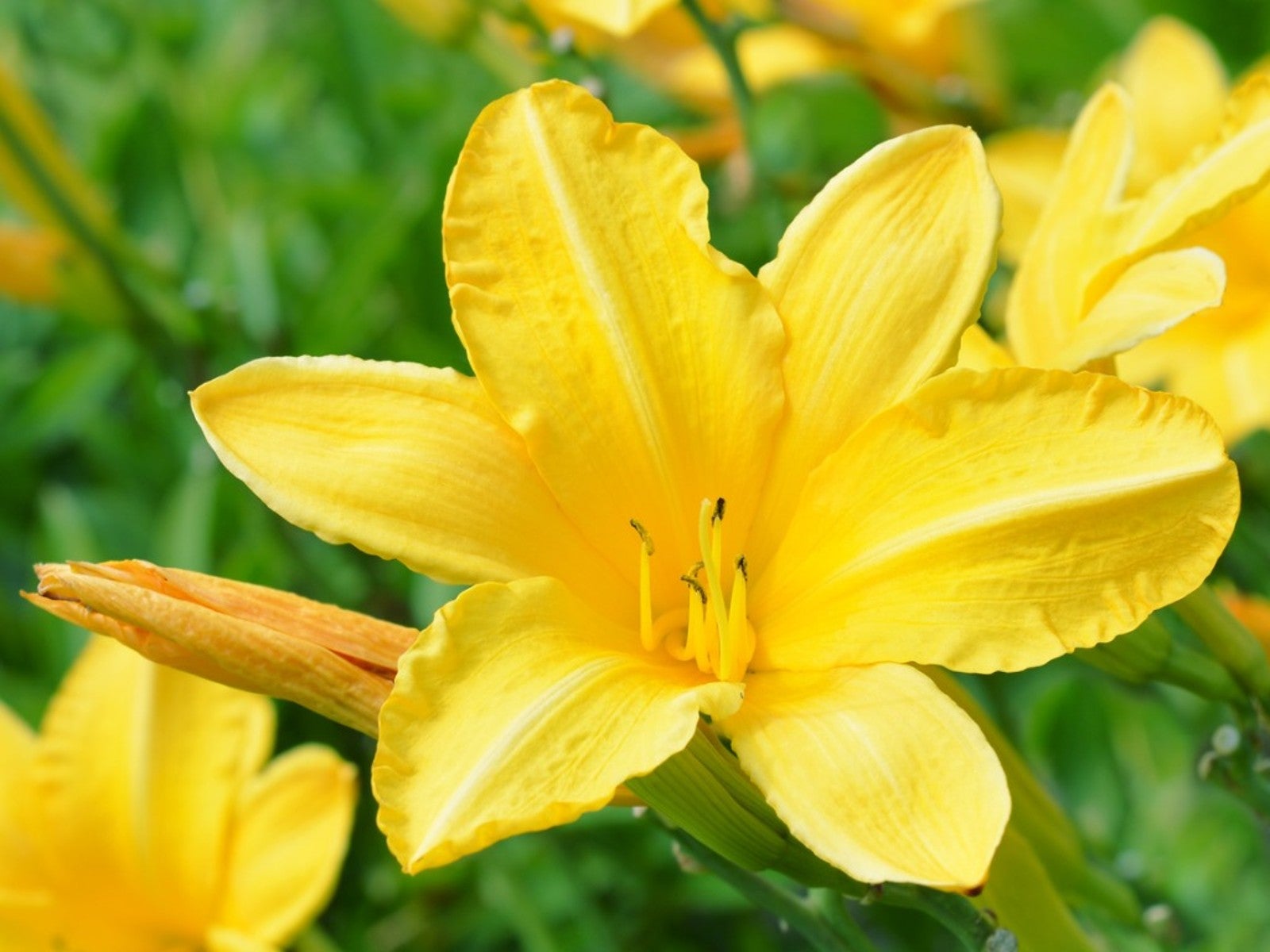Beautiful Yellow Flowers For Summer Gardens

(Image credit: Ottochka)

last updated
in Features
Yellow flowers can add a brilliant burst of sunshine-like color to ornamental gardens. However, choosing which types of yellow flowers to plant may leave growers feeling overwhelmed. By making a short list of the most popular yellow flowers for summer, landscapers can begin to weigh the pros and cons of each species.
- Calendula - Calendula flowers are often planted near vegetable gardens as a means of companion planting. Said to repel insects, calendula blooms also offer consistent bloom throughout the growing season.
- Coneflower - Though native purple coneflowers are most common, wild and hybrid cultivars that produce yellow perennial flowers are also available. While newer hybrid varieties like Mellow Yellow will produce larger blooms, native types have more narrow petals that often droop downward. Where conditions are ideal, coneflowers will multiply quickly and may need to be divided after several seasons.
- Coreopsis - Wildflowers are among the most popular yellow flowers for summer. Coreopsis, depending upon type, will bloom from spring until fall. These easy to grow plants generally thrive under poor soil conditions and can tolerate prolonged periods of drought.
- Daylily - Though most daylily blooms will only last 1-2 days, their consistent flower production throughout the summer season is a reliable way to add a bright burst of yellow color to the home landscape. These disease resistant perennials require little care from growers and will return to delight season after season.
More Yellow Flowers
- Lantana - Many perennial yellow flowers bloom all summer, but may not be hardy to one’s own growing zone. Fortunately, these species can be grown as annuals. Yellow lantana are especially attractive in containers, and are sure to draw the attention of beneficial insects and pollinators.
- Marigold - Marigolds are yet another yellow flower frequently found planted as companions in vegetable gardens. While most growers suggest siting the flowers near tomatoes, they can also be used as bedding and/or in cut flower gardens. Marigolds can be directly sown into beds as soon as all chances of frost have passed in spring.
- Rudbeckia - Annual and perennial rudbeckia cultivars are available to landscapers in varying shades of yellow. Many newer, free-flowering varieties will begin blooming in mid-summer and continue until the arrival of the first frost. Like other native plants, rudbeckia can also tolerate adverse growing conditions.
- Sunflower - Ranging greatly in size from one variety to another, sunflowers are a cheerful addition to most any garden. Sunflowers are an excellent choice for pollinator gardens and for those who wish to attract native birds.
- Yarrow - Bright, gold yarrow is often a good selection for those wishing to create more naturalized landscapes. Herbaceous perennial yellow yarrow thrives in hot locations which receive direct sun. Flowers begin to bloom in mid to late summer each season.
- Zinnia - Varieties of both large and small yellow zinnia are prized for their ease of growth. When deadheaded properly, zinnia plants will continue to produce blooms throughout the entire summer growing season. Popular yellow varieties of zinnia include Benarys Giant Golden Yellow, Oklahoma Golden Yellow, and Canary Bird.
Gardening tips, videos, info and more delivered right to your inbox!
Sign up for the Gardening Know How newsletter today and receive a free copy of our e-book "How to Grow Delicious Tomatoes".

Writer
Tonya Barnett has been gardening for 13 years. Flowers are her passion. She has transformed her backyard into a cut flower garden, which she regularly chronicles on her YouTube channel http://www.youtube.com/@tonyawiththeflowers.